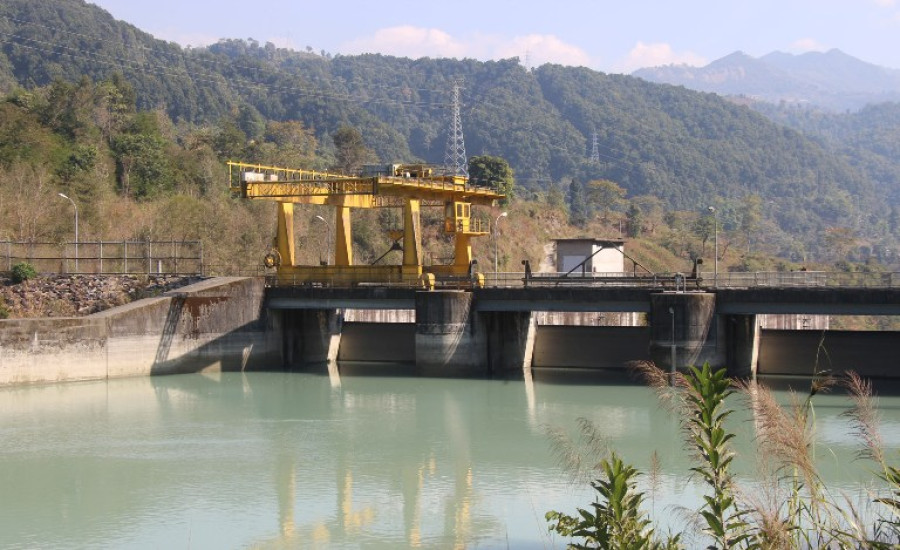Columns
From PowerPoints to power lines
There are enough Nepalis around the world whom we can pick and bring home to rethink and strategise.
Sujeev Shakya
While writing about any issue in Nepal, it is always helpful to go back to what you wrote 10 or 20 years ago. As the Power Summit begins today, I looked back at my column in this paper in 2014 on calling for action and another piece 23 years ago in the Nepali Times. It seems as if we are repeating the same messages every decade. In the power sector, however, some unprecedented transformations have taken place in terms of access and generation both. But we have a long way to go.
Looking back
It is always worthwhile to look back at successes. While there were critics from professional and business cartels against the two first Independent Power Producers projects, Bhote Koshi and Khimti, these two projects opened hydropower development in Nepal. Lenders got to understand the country better, the agreements made at the time still serve as templates for other projects, and there were many lessons for people in the government, private sector and international community. While the twin projects are often attacked by nationalists who prefer the Nepali way of getting things done, their economic benefits have been huge as one can imagine the state of supply if these projects did not exist.
We would hardly have learnt how to go about project finance, financial closure, insurance and a whole list of things that global companies and financial institutions demand. The projects opened doors for many bigger projects to follow. The projects went through multiple governments, but committed bureaucrats and the unrelenting support of the international investment community and financial institutions saw them through.
Both projects are now owned and managed by Nepalis, a huge leap forward in capacity and capability. Having been involved with the Bhote Koshi project since its inception to seeing its acquisition by Nepalis and ultimately leading the company, I have learnt that it is important to look back at how institutions can carve the path like the first trekker or climber that makes the route for others to follow. It is important to develop case studies and learn from them.
Recalibration in thinking
Last year, another 500 megawatts of electricity was added to the national grid, which is nearly the total production in 2005. From an energy hungry country, we have now become an energy surplus country. This means that we have to think like that farmer who has graduated from sustenance to commercial farming. We have to start thinking how we can use the additional generation to happen in the upcoming years. Malaysia, a country with similar popular size, has a production capacity of 34,000 megawatts; we need to learn how they are selling it. We need to now focus on transmission and distribution, which means that there can be increased uptake if there is easy access to electricity like we get smartphones and telephone connections. The national electricity utility has to change from being a monopolistic supplier with huge allegations of corruption to grant connections to providing easy access to both commercial and domestic users. In the early nineties, the telecom utility behaved in a monopolistic manner by curtailing supply of connections that led to a big gray market for telephone connections. Later, the change in technology and conversion of the utility into a company competing with other private players changed everything. In India, the privatisation of the distribution network has paid off. Nepal can learn from countries like Rwanda, where prepaid purchases and loading into machines have provided advance cash to the utility, and at the same time, people could buy electricity based on their needs even on a daily basis.
Faster and smarter solutions
Governments, at times, are in parenting roles; like parents who treat teenagers like toddlers, they need to reflect on what they need to do better at a faster speed. I was looking at one of my tweets from a programme in 2017 that stated that “To complete a hydropower project in Nepal, one needs to go through seven Ministries, 23 Departments under 36 laws. Reforms necessary”. The situation in the past six years has apparently gone worse. For international investors, Nepal has become a meditation centre to try their patience; you may get nirvana faster than your approvals. There are constant complaints of safety of workers at sites, and locals tend to treat these projects like ATM cards where they can withdraw money anytime by creating problems. We have moved from a near-bankrupt utility to a cash surplus utility but the assumptions have not changed. The financial world has moved to sophisticated structures to hedge risks, but our books do not contain anything beyond the plain vanilla.
The biggest issue is that of a lack of champions. Some investors say they drop the idea of investment in Nepal after they meet the concerned minister. Our argument remains that it is important to hire good advisory firms. You do not have to go and see the minister. You never do that when you are investing in the United States. No minister in Nepal in the past couple of years in any sector has really instilled confidence in investors. They are there for different reasons. We need to move to a business-like attitude. We have the Investment Board that can be outsourced to an international firm on success-based fees. We can have champions who can work in teams to recalibrate and provide solutions. There are enough Nepalis around the world whom we can pick and bring home to rethink and strategise. It is not the lack of money but the lack of will to change the status quo!




 8.12°C Kathmandu
8.12°C Kathmandu















